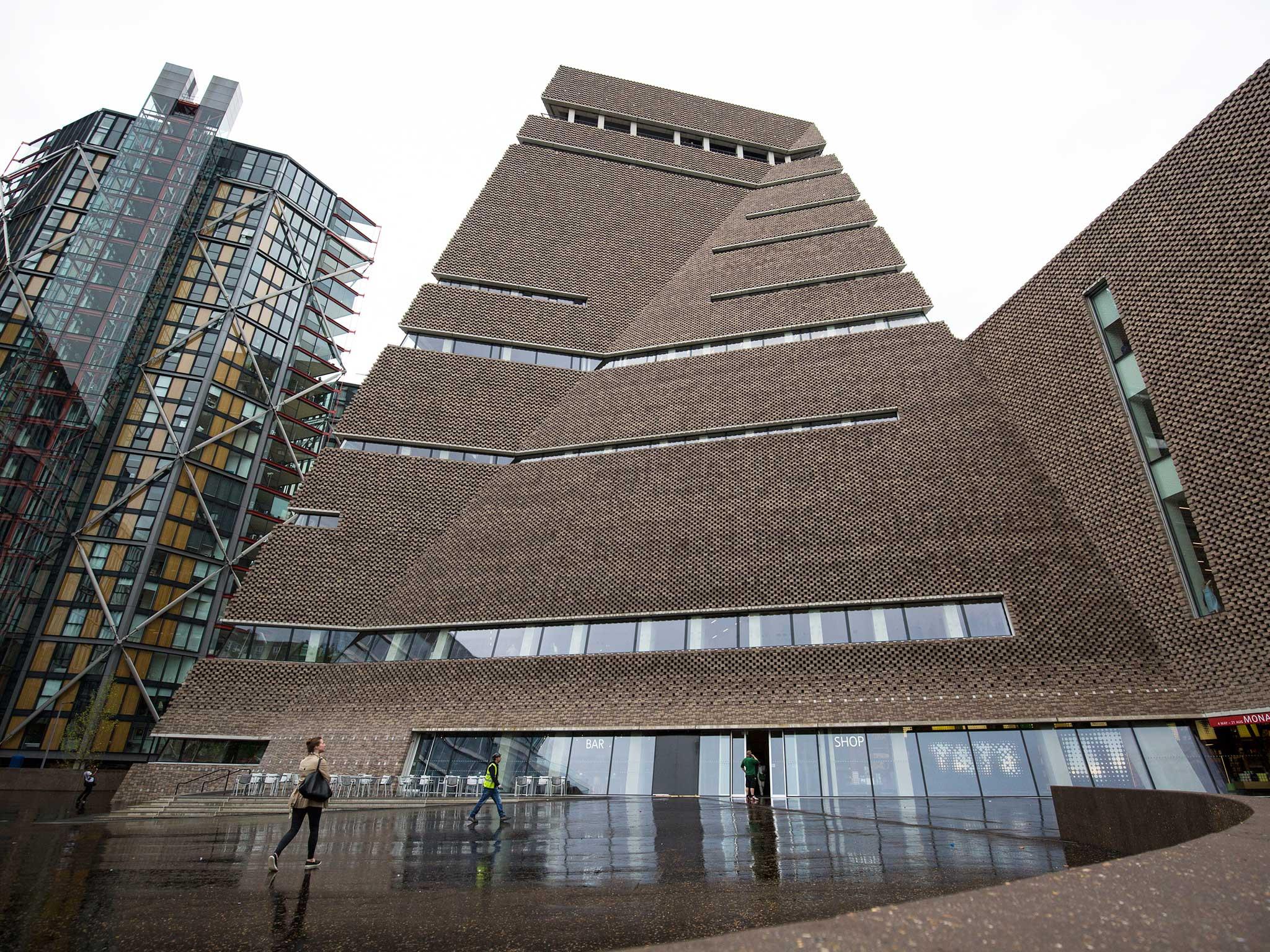Tate Modern is being taken over by tourists – and this can't last forever
Gallery directors have become a bit like Premier football league managers, constantly competing in the rankings.


Your support helps us to tell the story
From reproductive rights to climate change to Big Tech, The Independent is on the ground when the story is developing. Whether it's investigating the financials of Elon Musk's pro-Trump PAC or producing our latest documentary, 'The A Word', which shines a light on the American women fighting for reproductive rights, we know how important it is to parse out the facts from the messaging.
At such a critical moment in US history, we need reporters on the ground. Your donation allows us to keep sending journalists to speak to both sides of the story.
The Independent is trusted by Americans across the entire political spectrum. And unlike many other quality news outlets, we choose not to lock Americans out of our reporting and analysis with paywalls. We believe quality journalism should be available to everyone, paid for by those who can afford it.
Your support makes all the difference.“Alton Towers for grown-ups” was how one art critic described the new expanded Tate Modern. Snobbish? Sneery? It’s certainly noisy, interactive, and full of work that screams “look at me”.
Last weekend, the gallery beat their own records with over 54,000 visitors in a single day. Does bigger mean a better cultural experience? I’ve been working near Tate Modern for the past few years and have watched it have a profound effect on this part of London. New hotels, restaurants and food stores, thousands of people staying after work to hang out. But there’s a downside: walking along the South Bank of the Thames is so crowded, it’s not exactly relaxing. The Highline and the Whitney in New York have the same problem.
The Tate has played a key part in the rebirth of London, a city which now belongs to everyone, not just those rich enough to own or work in places overlooking the best views. While I applaud this democratisation, it brings drawbacks. There’s no peace, no room for contemplation. No wonder director Nick Serota wants to open the Tate up to midnight – that will probably be the only time you could wander through the spaces or sit in front of a sculpture or painting with an uninterrupted view.
The Tate has become a mega-monolith, a matched pair of buildings so huge you are slightly repelled. Disneyland for adults, without Mickey Mouse, admission charges and queues. Full of over-explanatory signs, grouped in simplistic themes, carefully ticking all the “relevant” boxes by emphasising that 50 per cent of the art on show has been created by women. Surely good art either works or it doesn’t? Will the curators be proclaiming the number of works by the transgender community or the gay community next? (Only asking).
Last year the Tate saw visitor figures drop by 19 per cent, which they attributed to the lack of a blockbuster, like the Matisse show in 2014. Gallery directors have become a bit like Premier football league managers, constantly competing in the rankings.
“Blockbuster” events hold little appeal for me - having been a regular visitor to the Tate and the V&A since I was 14, I’ve found my rewards in the small, the non-shouty little gems, like the works of William Palmer and Prunella Clough and gorgeous quiet English ceramics at the V&A: Chelsea porcelain shaped like cabbages and exotic fruits. No one wants to discuss the number of tourists in our major galleries, but surely London (like other European hot spots) has reached saturation point: they clog up our attractions, wandering through aimlessly without absorbing anything, taking endless selfies. The top floor Tate restaurant is full of people photographing themselves in front of the view.
Now, a tourism expert has dared to mention the elephant in the room: overkill. ABTA boss Mark Tanzer reckons that Florence and Barcelona are “full”, largely due to a huge influx of people using Airbnb. Berlin has sought to restrict visitor numbers by preventing people from renting whole apartments using the website. Tanzer says, “If uncontrolled, tourism can kill tourism.” He’s right – and if the Tate measures success in terms of visitor numbers, they are making a big mistake.
Join our commenting forum
Join thought-provoking conversations, follow other Independent readers and see their replies
Comments